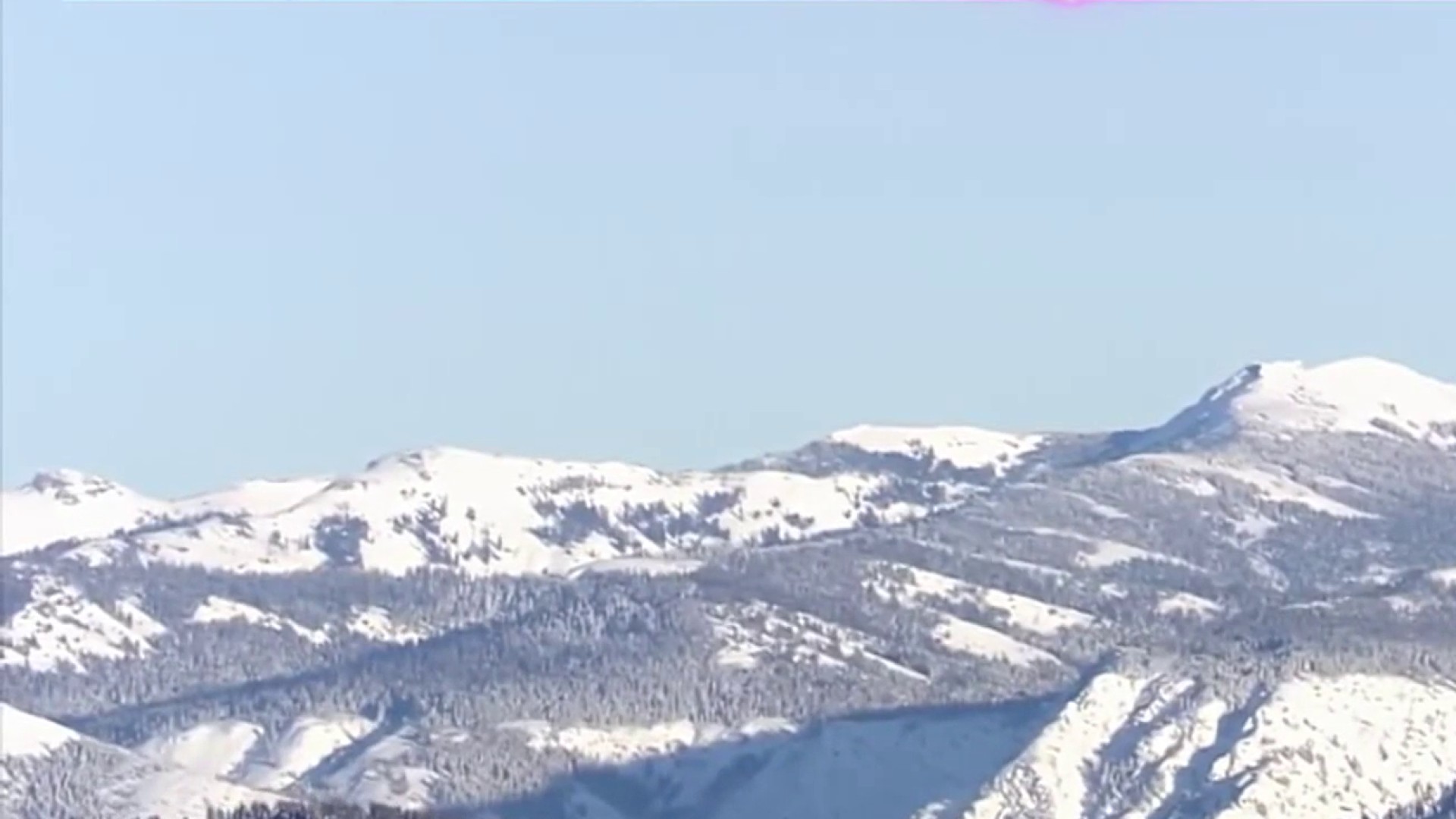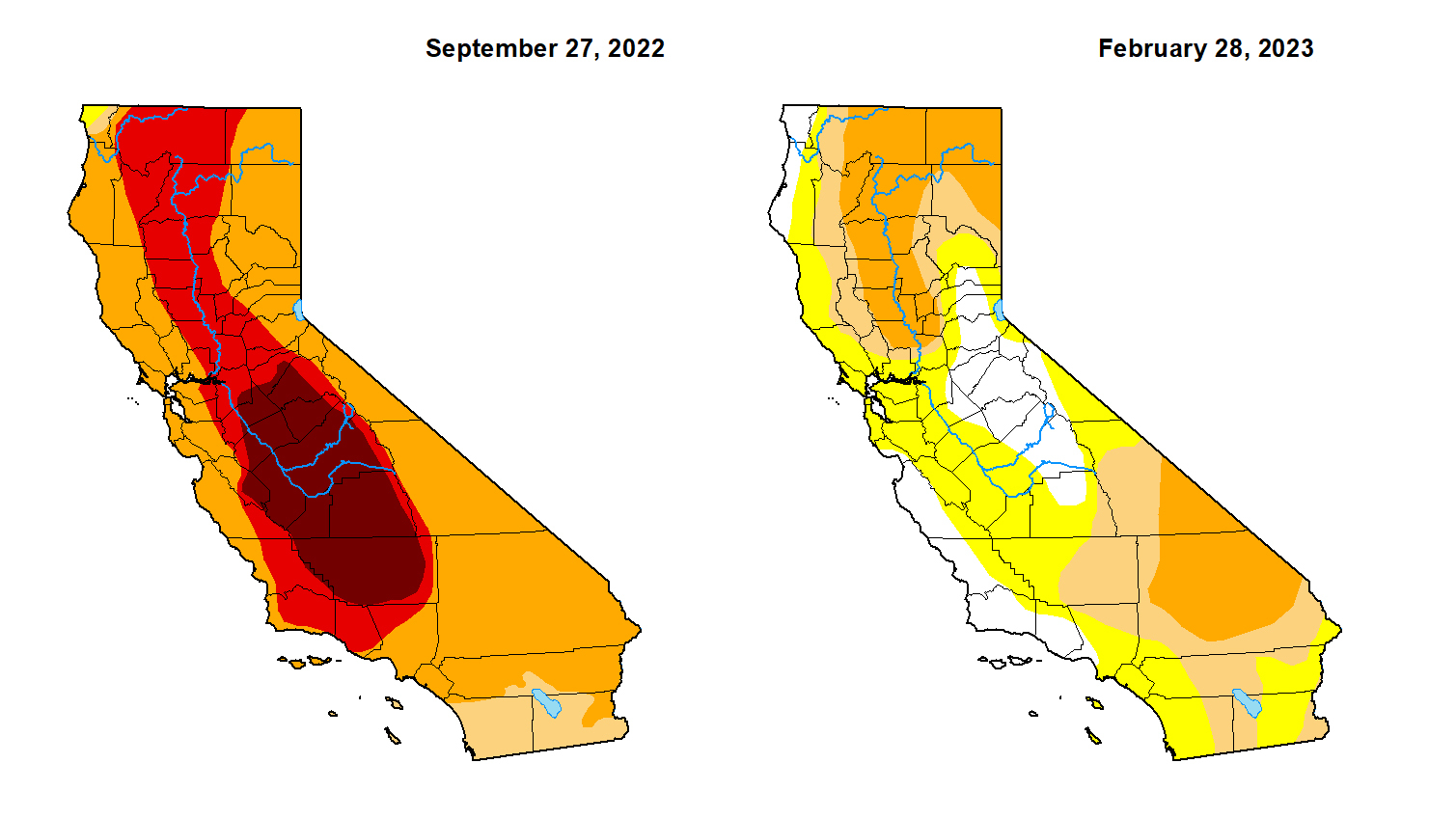California's latest survey of snow levels in the Sierra Nevada shows the state continues to make gains against a punishing drought that seemed poised to drag on for a fourth consecutive year as recently as December.
The state's Department of Water Resources (DWR) Friday performed its third snow survey of the season at El Dorado County's Phillips Station in the Central Sierra.
The survey measured 116.5 inches of snow with a snow-water equivalent of 41.5 inches, which is 177 percent of average for the date of March 3, according to DWR.
Additionally, data collected from 130 snow sensors throughout the state shows the statewide snowpack is currently at 190 percent of average with a snow-water equivalent of 44.7 inches.
Get a weekly recap of the latest San Francisco Bay Area housing news. Sign up for NBC Bay Area’s Housing Deconstructed newsletter.
"There was a good indication that it was going to be the fourth year of a drought," state climatologist Michael Anderson said in a media briefing Friday. "Then after Christmas something interesting happened -- we began (to see) a rather amazing set of a family of atmospheric rivers."
In the three weeks after Dec. 25, the state was pummeled by nine massive storms that hit particularly hard from the Bay Area down to San Diego and in the Central and Southern Sierra Nevada.
Then a dry spell settled in over the west until about a week ago, when the state once again saw a "massive amount of precipitation" from a series of unusually cold storms coming out of the Gulf of Alaska, Anderson said.
The result is that, in addition to a snowpack that's second only to the record set in 1982-1983, the state is enjoying reservoir levels that are at about 95 percent of normal for this time of year.
"Most of them are doing pretty darn well," said DWR's interstate resources manager Jeanine Jones.
Conditions have improved so much, in fact, that only about half of the state is still considered to be in severe or moderate drought conditions by the U.S. Drought Monitor, a big change since just the end of January.
The improved hydrologic conditions prompted state water managers in February to set delivery forecasts at 35 percent of requested water supplies for the 29 public water agencies that draw from the State Water Project, which serves 27 million people and 750,000 acres of farmland.
That's up from just 5 percent of requested supplies for 2022.
Also, the federally run Central Valley Project set deliveries for most urban and industrial water users at 75 percent of historical usage, up from just 25 percent last year.
"Obviously this is the year of snow, so to speak," Jones said.
Still, she cautioned that while many reservoirs are doing well, Shasta and Trinity in the Northern Sierra are still below average and the Colorado River Basin, which helps supply Southern California with much of its water, is dryer than average, as are many the state's important groundwater aquifers, particularly in the Central Valley.
"Where we're not getting that recovery right away is in groundwater," Jones said. "It simply takes a long time for that to recover and for that data (about groundwater levels) to trickle in."



